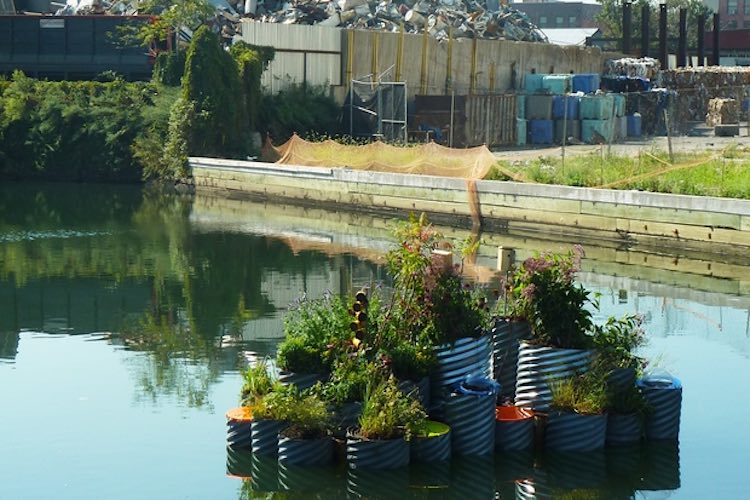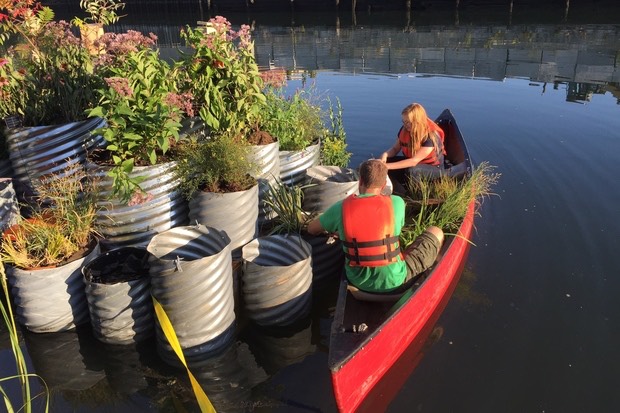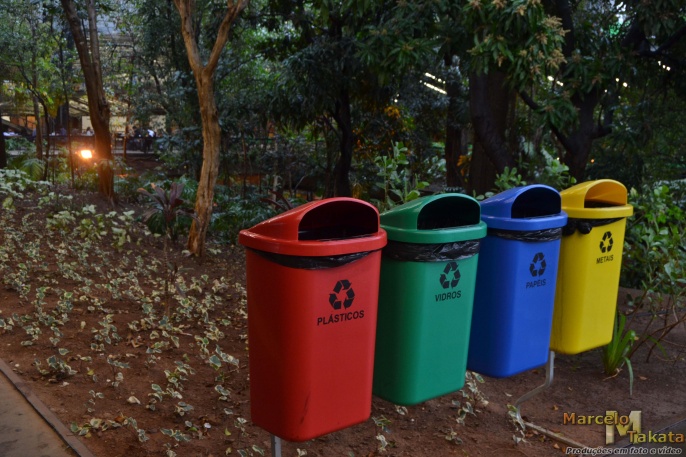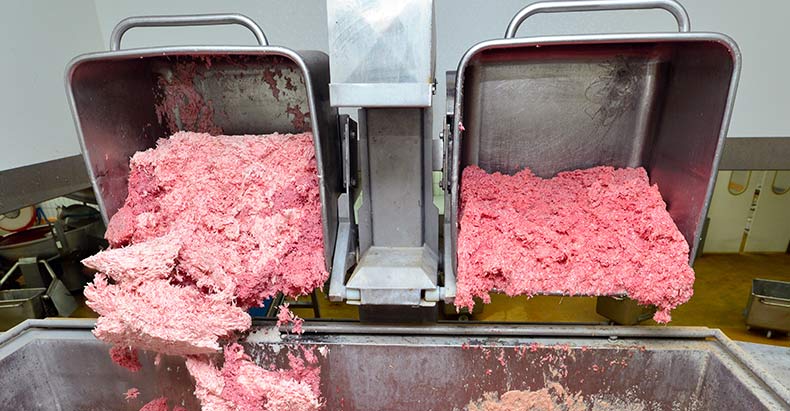In just 10 years, two out of three people will be living in a country that’s struggling to meet demand for water, according to the United Nations.
But even though Singapore has no aquifers or lakes, it’s unlikely that nation’s 5.5 million residents will be among the world’s thirsty.
That’s because the small island nation, which consumes 400 million gallons daily, has a water strategy that is arguably one of the most successful in the world.
“We have four national taps,” George Madhavan, the spokesperson for Public Utility Board (PUB), Singapore’s government agency in charge of water quality, conservation, and supply, said during a recent Meeting of the Minds urban sustainability conference in California.
The “taps” flow from desalinated seawater, recycled wastewater, water collected from rainfall, and an imported supply from neighboring Malaysia.
Having a reliable source of water has always been on the government’s agenda, Madhavan said.
“Without secure and reliable access to water in Singapore, business will not come,” he said. “So that’s a top priority to get a bigger piece of the pie.”
The push to develop a mostly self-sufficient water supply has been credited to Lee Kuan Kew, the country’s first prime minister, who took on the task in response to water shortages in the 1960s and ’70s.
But it wasn’t a quick fix. It took 30 years to put the system into place.
The PUB water agency says its “jewel” is the ability to recycle used water, or wastewater from sinks and toilets, into what it calls NEWater. The NEWater purification process, which Singapore launched in 2003 (after getting tips from the Orange County Water District’s wastewater recycling plant in Southern California), meets 30 percent of daily water demand. While the recycled water is mainly used for industrial purposes, it also replenishes the country’s 17 reservoirs.
But recycled water can also supply water for drinking and cooking. According to PUB, NEWater has passed 130,000 scientific tests and exceeds the drinking water standards set by the United States Environmental Protection Agency and guidelines issued from the World Health Organization.
RELATED: Two Billion People Are Running out of Water
Here’s what happens: The wastewater travels through a network of deep tunnel sewer pipes, then goes through conventional treatment at a sewage treatment plant. It’s then either returned to the sea or sent to one of the country’s four NEWater plants for further purification, depending on demand.
The NEWater plants follow a three-step process. First, membranes filter out small particles such as solids and bacteria. Next, reverse osmosis takes out larger-sized contaminants. Lastly, the water is disinfected with ultraviolet light and hydrogen peroxide.
But Madhavan said the government knew that a large part of successfully integrating recycled wastewater to its supply hinged on whether Singaporeans would want to drink it in the first place.
“The difficult part isn’t the technology,” he said. “It’s getting the community to embrace recycled water.”
To do that, the country had to get rid of the “yuck” factor. For its NEWater branding campaign, it bottled the recycled water with a label featuring a cartoon water drop with a gigantic grin-and constructed a slick visitor center showing how the purification process works via games and interactive exhibits. The agency also brought reporters to a Southern California wastewater recycling plant, as well as to one in Scottsdale, Arizona.
Another quarter of Singapore’s daily demand is met by its two desalination plants, which together can process 100 million gallons a day. Since the plants are energy-intensive, the country is experimenting with electrodeionization, a process that consumes less power.
The third tap comes from rainwater collected from drains, canals, rivers, and storm water collection ponds. (Residents aren’t allowed to harvest water without the government’s permission). Combined with water imports from Malaysia, the two sources fulfill the remaining 45 percent of Singapore’s daily water needs.
The PUB water agency is preparing now for a projected doubling in demand by 2060. (Singapore’s water agreement with Malaysia is set to expire in 2061). The agency says it’s on track to triple its NEWater production and build two new desalination plants that together will meet 80 percent of demand in 2060.
Madhavan said Singapore thinks about water in a different way.
“You don’t want to drain it, you want to collect it,” he said.


















 This essay is the first in a four-part series on the theme, “The Third Industrial Revolution.” Stay tuned for the next chapters and responses from leading global figures and technologists.
This essay is the first in a four-part series on the theme, “The Third Industrial Revolution.” Stay tuned for the next chapters and responses from leading global figures and technologists.  Typhoon Haiyan survivors make camp in the ruins of their neighborhood on the outskirts of Tacloban, central Philippines. (AP Photo/David Guttenfelder, File)
Typhoon Haiyan survivors make camp in the ruins of their neighborhood on the outskirts of Tacloban, central Philippines. (AP Photo/David Guttenfelder, File)  The EMC earth station at Raisting in Germany provides satellite-based communications for aid organizations, the United Nations and emerging markets. (Photo by Sean Gallup/Getty Images)
The EMC earth station at Raisting in Germany provides satellite-based communications for aid organizations, the United Nations and emerging markets. (Photo by Sean Gallup/Getty Images) 












